10 Functional Nutrition Strategies for Building Muscle and Losing Fat

As a personal trainer and certified nutritionist, I have helped hundreds of individuals improve their quality of life through functional nutrition. From weight loss, building muscle, improving gut health and reducing stress/anxiety, I have seen the power that just a few nutritional changes can make on an individual's life.
"Functional nutrition" is about eating a diet that supplies your body with the best raw materials, aka nutrients, to work with to function at its best. It prioritizes eating a diet full of nutrient-dense unprocessed foods combined with healthy lifestyle habits to promote overall health and wellness.
Functional nutrition aims to target the root cause of underlying health issues instead of just the symptoms. Food intolerances, vitamin deficiencies, gut dysbiosis, blood sugar imbalance, and hormone imbalance are some common areas that functional nutrition will target and support through diet and lifestyle habits.
With all that in mind, here are 11 different strategies that can help transform your body.
1. Probiotics Can Improve Digestion

Strategy: Eat 1 serving of a probiotic-rich food daily to support a balanced gut microbiota. Kefir, plain yogurt, fermented kimchi, sauerkraut, miso and kombucha are some great options.
Changes: Probiotics can improve digestion and allow the body to absorb nutrients better. Absorption is a key part of feeling good and noticeable changes can include increased energy levels, reduced bloating and gas, regular bowel movements and glowing skin.
Top 10 Superfoods Every Man Should Eat for the Best Body
2. Pairing Carbs With Proteins and/or Fats Leads to Steadier Energy Levels
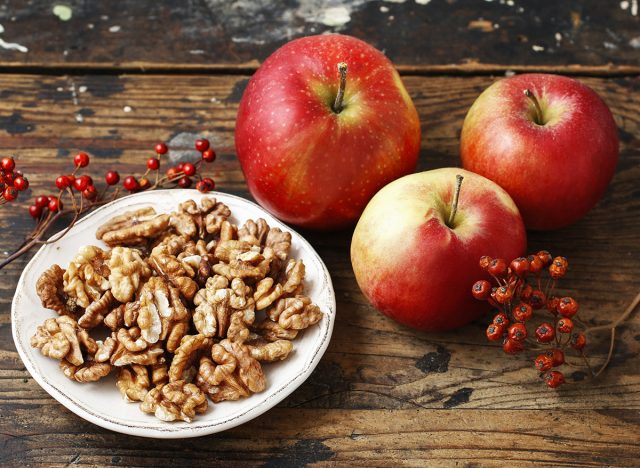
Strategy: Avoid eating any carbohydrate "naked" and pair it with a protein, a fat or both. For example, instead of eating an apple, add an ounce of walnuts, a few turkey slices or some cottage cheese alongside it.
Changes: The act of pairing a carbohydrate with either a fat or a protein source will result in steadier energy levels throughout the day which has a huge impact on performance and quality of life. Including protein or fat with carbohydrates can also enhance satiety and help control appetite, which helps any weight loss or weight management goal.
Top 10 Superfoods Every Woman Should Eat for the Best Body
3. High Protein Meals Stimulate Muscle Protein Synthesis
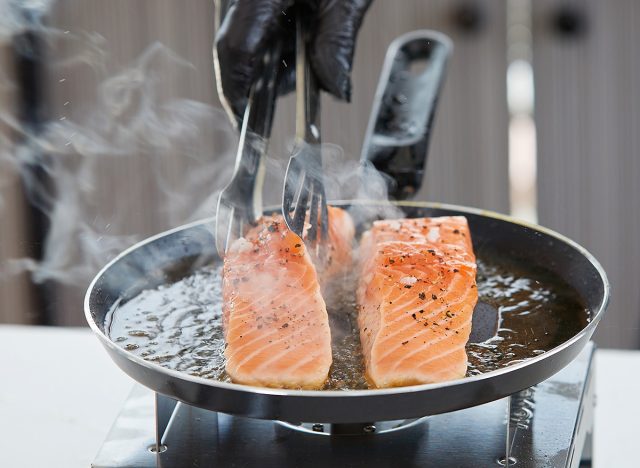
Strategy: Eat at least 30g of quality protein at every meal, about 3-4 hours apart. Quality protein sources include chicken, beef, fish, shellfish, egg, greek yogurt, protein powder and cottage cheese. Use your palm as a rough measure for 1 serving of meat or fish. Eat 1-2 servings per meal.
Changes: Eating 30g of protein throughout the day will stimulate muscle protein synthesis (MPS), the process by which the body builds and repairs muscle tissue. This combined with resistance training will lead to an increase in lean muscle mass, faster recovery from exercise and enhanced performance.
4. Eat This Minimum of Fiber to Feel Fuller, Longer
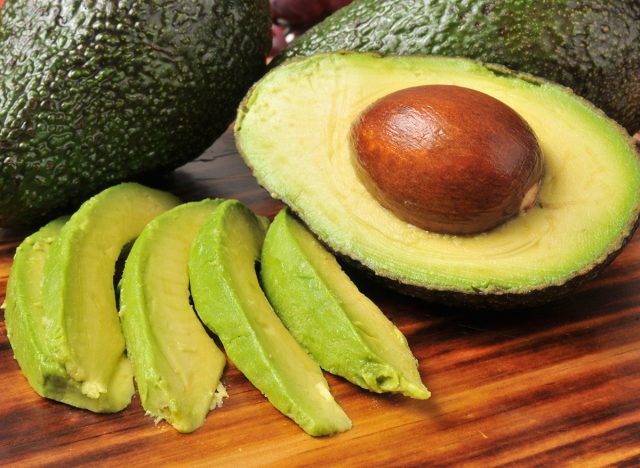
Strategy: Eat a minimum of 25g fiber per day from soluble and insoluble sources like chia seeds, avocado, ground flaxseed, artichokes, berries and beans.
Changes: Fiber adds bulk to the stool which improves bowel regularity and reduces constipation, which are important for a healthy digestive system. Fiber also helps slow the absorption of sugar while increasing satiety and fullness, which ultimately help weight management. A higher fiber intake is an important part of a healthy diet, especially if weight loss is the goal.
5. Practice Mindful Eating to Prevent Bloating

Strategy: Practice mindful eating by taking at least 20 minutes to eat an entire meal and chewing every bit of food until liquid (about 30 times) before swallowing. Chewing food thoroughly is the first step of the digestive process and as we chew, an enzyme called amylase is secreted to help break down carbohydrates.
Changes: Following this chewing method can help reduce acid reflux and bloating after eating. The mechanical breakdown of food during chewing helps to mix it with saliva, promoting better digestion which can reduce bloating, indigestion, GERD and even overeating.
This is the #1 Carb You Could Eat For Your Body
6. Drink Half Your Body Weight in Ounces of Water For Healthier Skin
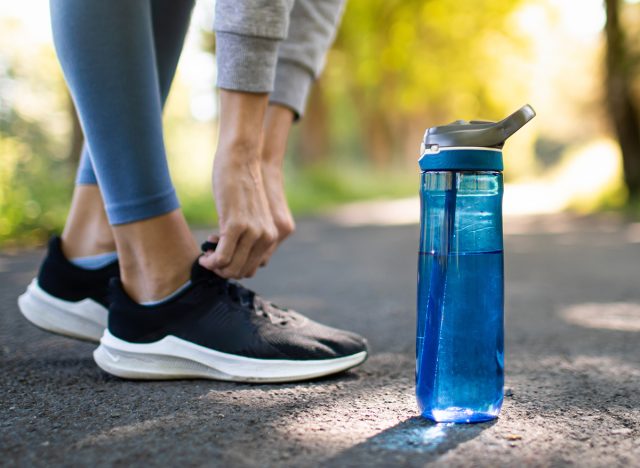
Strategy: Drink half your body weight in ounces of water. For example, if you are 150 pounds, aim for 75 ounces per pay. If you exercise, add an additional 20 ounces of water. Pro tip: Start the day with 15-20 ounces of water before any food or coffee in the morning to jump start your intake for the day.
Changes: It only takes a 2% drop in body water to cause dehydration symptoms like headaches, irritability, fatigue, cramps, joint pain, constipation and heartburn. Staying adequately hydrated can lead to various positive physical changes from increased energy levels, better cognitive function to healthier skin and hair.
7. Increase Food Sources of Omega-3s for Anti-Inflammatory Properties
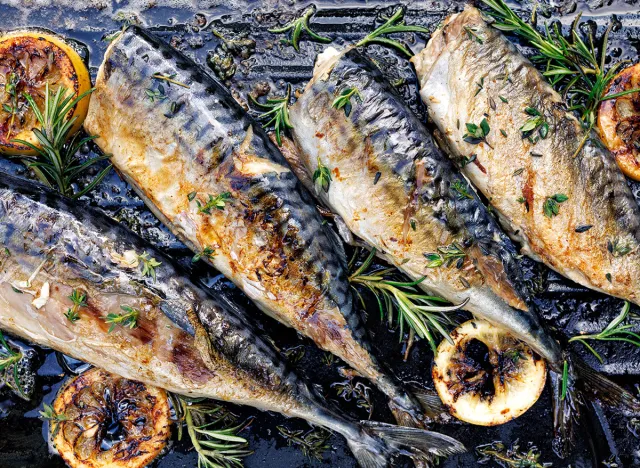
Strategy: Increase intake of food sources rich in omega-3 fatty acid. Great options include fatty fish such as salmon, mackerel, and sardines and plant-based options like flaxseeds, chia seeds, and walnuts. Consider taking omega-3 supplements if dietary needs are not being met.
Changes: Omega-3 fatty acids have a powerful anti-inflammatory effect on the body which impacts every bodily system. Increasing omega-3s can have a profound effect on pain management which correlates with increased performance and recovery from workouts. After eating more omega-3s, one may notice improved mood and better cognition as well.
I'm a Nutritionist and These are the Best Banana Recipes For Weight Loss
8. Reduce Processed Foods For Better Health

Strategy: Reduce the intake of highly processed foods and aim to eat nutrient-dense whole foods around 80% of the time.
Changes: Highly processed foods contain added sugars, unhealthy fats, and numerous artificial additives, while lacking essential nutrients and high intake can lead to poor health and development of chronic disease. Eating more whole foods supplies the body with ample nutrients to prevent nutrient deficiencies, regulate blood sugar levels and increase overall vitality.
9. Increasing Antioxidants Will Improve Immune Function

Strategy: Eat a variety of vegetables and fruits every day, aiming for 3 1-cup servings minimum. To help with variety, think about colors of the rainbow and try to get a mix of all colors on your plate. For example, iIf you notice a lot of your choices are the color green, look for some red or yellow to add in.
Changes: Eating a variety of vegetables and fruits is beneficial because they are rich in essential nutrients, fiber, antioxidants, and phytochemicals. Antioxidants help neutralize free radicals in the body, reducing oxidative stress and inflammation, and potentially lowering the risk of chronic disease. Eating more vegetables and fruits has an impact on immune function as well so an individual may experience less illness and better overall health with more diversity in their diet.
Related: I Got Rid of Stubborn Belly Fat With These 3 Exercises
10. Increasing Vitamin D and Sunshine Will Boost Mood
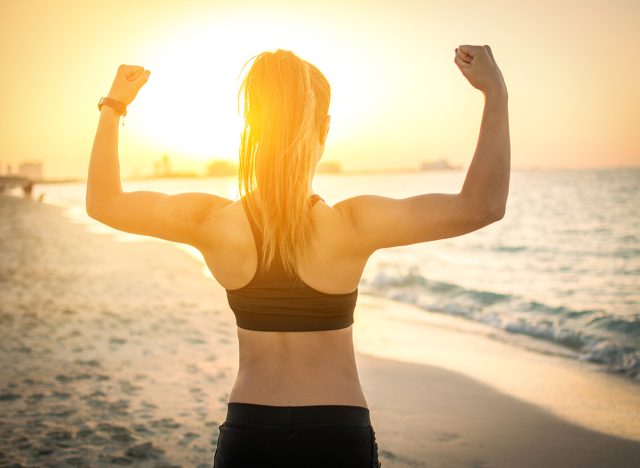
Strategy: Getting outside for at least 20 minutes is not a nutrition-specific strategy, but it is so crucial for optimal functioning and will enhance any functional nutrition strategy above. Sun exposure is ideal, but even some fresh air and a small walk is enough to feel the benefits.
Changes: Spending more time outside can increase Vitamin D levels which touches on every function of the body from energy levels, to metabolism to bone health. Connecting with nature is proven to boost mood, reduce anxiety, increase overall positivity and even improve attention span.
💪🔥Body Booster: Avoid eating any carbohydrate "naked" and pair it with a protein, a fat or both.
Kat Best is the co-founder and Head of Nutrition at Alta Coaching, a Functional Nutritional Therapy Practitioner, NASM Certified Personal Trainer and Board Certified in Holistic Nutrition




